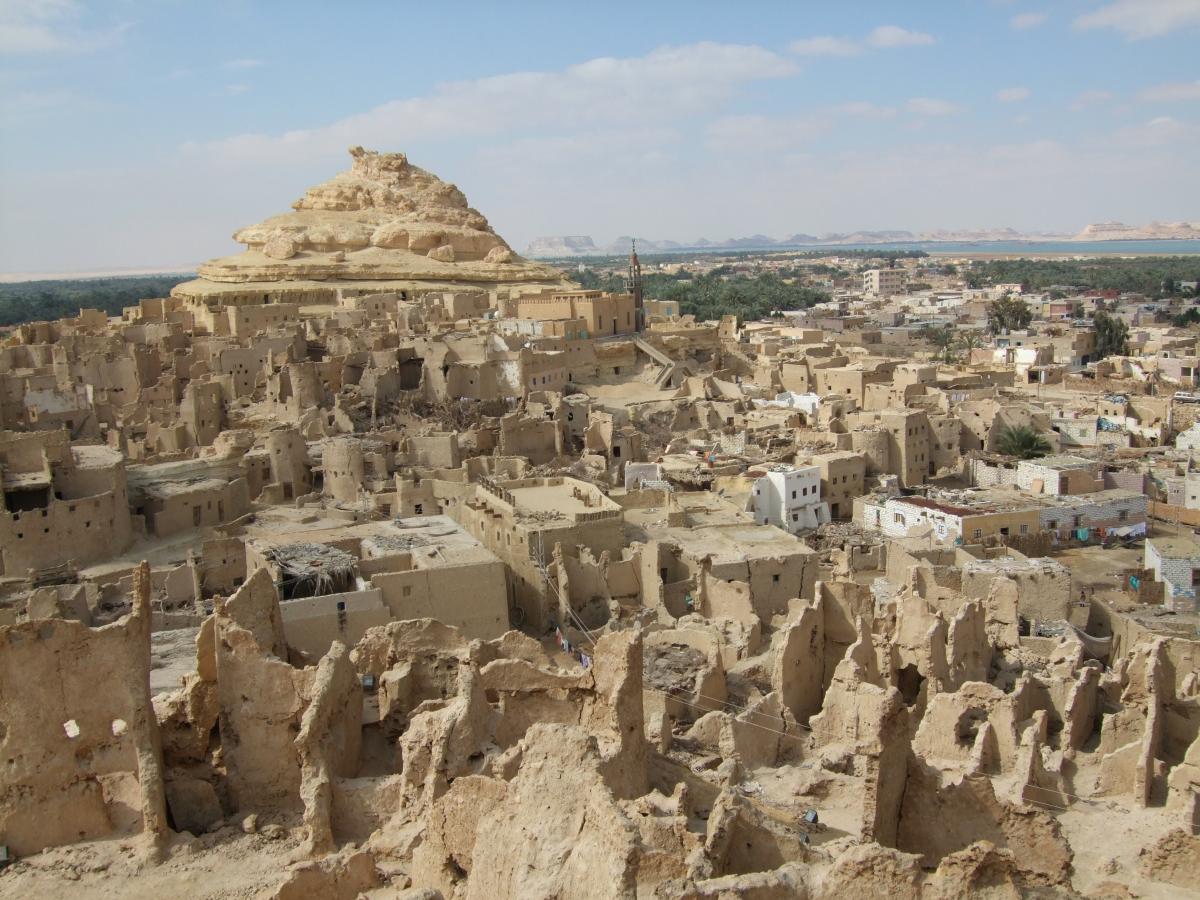
Unveiling the serene beauty and unique culture of the Siwa Oasis
The Siwa Oasis is an oasis located in Egypt's western desert, close to the Libyan border. It is a unique place, both geographically and culturally, that has been inhabited by humans since ancient times. The area of the Siwa Oasis consists of salt lakes and natural springs fed by underground aquifers beneath the Great Sand Sea. This makes it an ideal location for farming, as well as being home to numerous species of migratory birds that visit each year due to its plentiful water supply.
What makes this oasis so special is its unique culture and traditional architecture which have remained largely unchanged over centuries. Its people are mainly Berber-speaking inhabitants who continue to adhere to cultural customs passed down from generation to generation. In addition, there is also a mysterious Oracle at Siwa which was once consulted by Alexander the Great when he visited Egypt during his conquest in 331 BC; even today people still come from all over the world seeking advice from this ancient source of wisdom.
History of the Siwa Oasis
The Siwa Oasis has been inhabited since prehistoric times, and archaeological evidence suggests that it was likely settled by Neolithic hunter-gatherers as early as 10, 000 BC. The oasis is believed to have first come under the control of Egypt's Old Kingdom pharaohs during the Third Dynasty (2650-2575 BC). During this period, Siwa became an important religious site for worshipping Amun-the god who personified air and wind-and other gods associated with him.
In 331 BC, Alexander the Great famously consulted the Oracle at Siwa when he visited Egypt on his conquest of Persia. This event marked a significant shift in power dynamics within the region; while previously only local leaders had access to its resources, now anyone could seek advice from Siwa’s oracle. It also cemented its importance in Ancient Egyptian culture and mythology as a place where divine guidance could be sought.
In later centuries, the oasis continued to retain its religious significance but also served as an important hub for trade between North Africa and Europe due to its strategic location close to both regions. In addition, it was one of few places offering shelter from harsh desert conditions during long journeys across unforgiving terrain. Today it remains a unique cultural enclave nestled among vast swaths of desert sand dunes which draw visitors from near and far seeking insight into this ancient corner of history.
Unique Geographic Features of Siwa Oasis
The Siwa Oasis is known for its unique geographic features, which make it a fascinating place to explore. One of these features is the Great Sand Sea, which stretches as far as the eye can see and provides an eerie yet beautiful backdrop to the oasis. The sand dunes shift with every gust of wind and have remained largely untouched since they were first formed thousands of years ago.
Another striking feature of this oasis is the Mountain of the Dead, a limestone ridge towering above a nearby village that has been used as a burial ground for centuries. While some tombs date back thousands of years, others are still being added today; visitors can take in this fascinating landscape while learning about local customs related to honoring ancestors through burial rituals.
Finally, no visit to Siwa would be complete without exploring its numerous natural springs and salt lakes located around the oasis-the perfect spots for swimming or simply appreciating nature's beauty away from modern civilization. These tranquil bodies of water provide sustenance for migrating birds who come each year seeking refuge in this desert paradise during their long journeys across Africa.
People of the Siwa Oasis
The Berber people are the traditional inhabitants of the Siwa Oasis, having inhabited the area for centuries. They are a distinct ethnic group who continue to adhere to their own unique customs and traditions handed down from generation to generation. The Berbers speak a language known as Siwi, which is related to other languages spoken in North Africa such as Tamazight and Tuareg.
Their traditional way of life revolves around agriculture, with much of their diet consisting of dates and olives grown locally. Today, many members of this community still carry out subsistence farming on small plots near their villages or work in tourism-related industries such as hotels or restaurants catering to visitors coming through Siwa on their travels.
Another integral part of the culture here is its fascinating architecture-a mix between ancient Egyptian styles and more contemporary designs that reflect the changing times. Many homes feature flat roofs made from mud bricks topped with reed mats; these provide cool shelter year-round due to the high temperatures experienced during summer months in this desert region. Other buildings feature colorful walls decorated with geometric patterns symbolizing aspects from nature such as stars, mountains, or waves-all reflecting an ancient respect for nature found among indigenous cultures living close to it throughout time. Visiting these structures provides insight into how ancient cultures can remain relevant today despite changing times and technologies.
Tourist Attractions of the Siwa Oasis
The Oracle of Siwa is a mysterious and ancient source of wisdom located in the Siwa Oasis. It was first consulted by Alexander the Great when he visited Egypt during his conquest in 331 BC, and people come from all over the world to seek advice from this spiritual center even today. The exact details surrounding this site remain largely unknown, but it continues to serve as an important place for reflection and divine guidance within local culture.
Another tourist attraction that can be found in the Siwa Oasis are its numerous salt lakes which provide respite from desert conditions year-round. These tranquil spots offer visitors an opportunity to take a dip or simply appreciate nature’s beauty away from modern civilization; they also attract migrating birds each year who come seeking refuge here during their long journeys across Africa.
In addition, tourists should make sure to explore some of Siwa’s traditional architecture which reflects both ancient Egyptian styles as well as more contemporary designs reflecting changing times. Many homes feature flat roofs made with mud bricks topped with reed mats- providing cool shelter while colorful walls decorated with geometric patterns symbolizing aspects of nature such as stars or waves reflect respect for nature found among indigenous cultures living close to it throughout time.
Conclusion
The Siwa Oasis is an incredibly important part of Egyptian culture, with its unique history and customs that have been passed down from generation to generation. It has served as a hub for trade between North Africa and Europe due to its strategic location close to both regions, while also retaining its religious significance-it was one of the few places offering shelter from harsh desert conditions during long journeys across unforgiving terrain.
Today, it remains a unique cultural enclave nestled among vast swaths of desert sand dunes which draw visitors from near and far seeking insight into this ancient corner of history. Its numerous natural springs and salt lakes provide sustenance for migrating birds who come each year seeking refuge in this desert paradise during their long journeys across Africa; they are also great spots for swimming or simply appreciating nature's beauty away from modern civilization.
The Oracle at Siwa continues to serve as an important source for divine guidance within local culture even today, having first been consulted by Alexander the Great when he visited Egypt on his conquest in 331 BC; people still come from all over the world seeking advice from this ancient center of wisdom. The traditional inhabitants of the oasis-the Berbers-continue to adhere to their own unique customs and traditions handed down through generations, providing further insight into life in this mysterious region.
In conclusion, the Siwa Oasis is an incredibly fascinating place with a rich history spanning thousands of years which makes it well worth exploring if you are ever lucky enough to visit Egypt! Its various geographic features such as the Great Sand Sea or Mountain of the Dead offer tremendous opportunities for learning about local customs related to honoring ancestors through burial rituals; while visiting traditional buildings provides insight into how ancient cultures can remain relevant despite changing times and technologies. This oasis holds many secrets yet untold - so make sure you don’t miss out on experiencing them yourself!
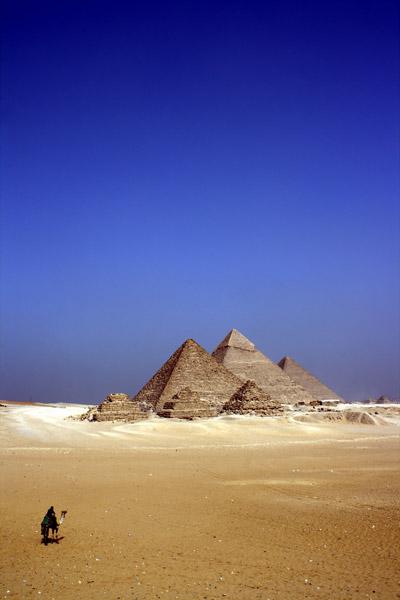
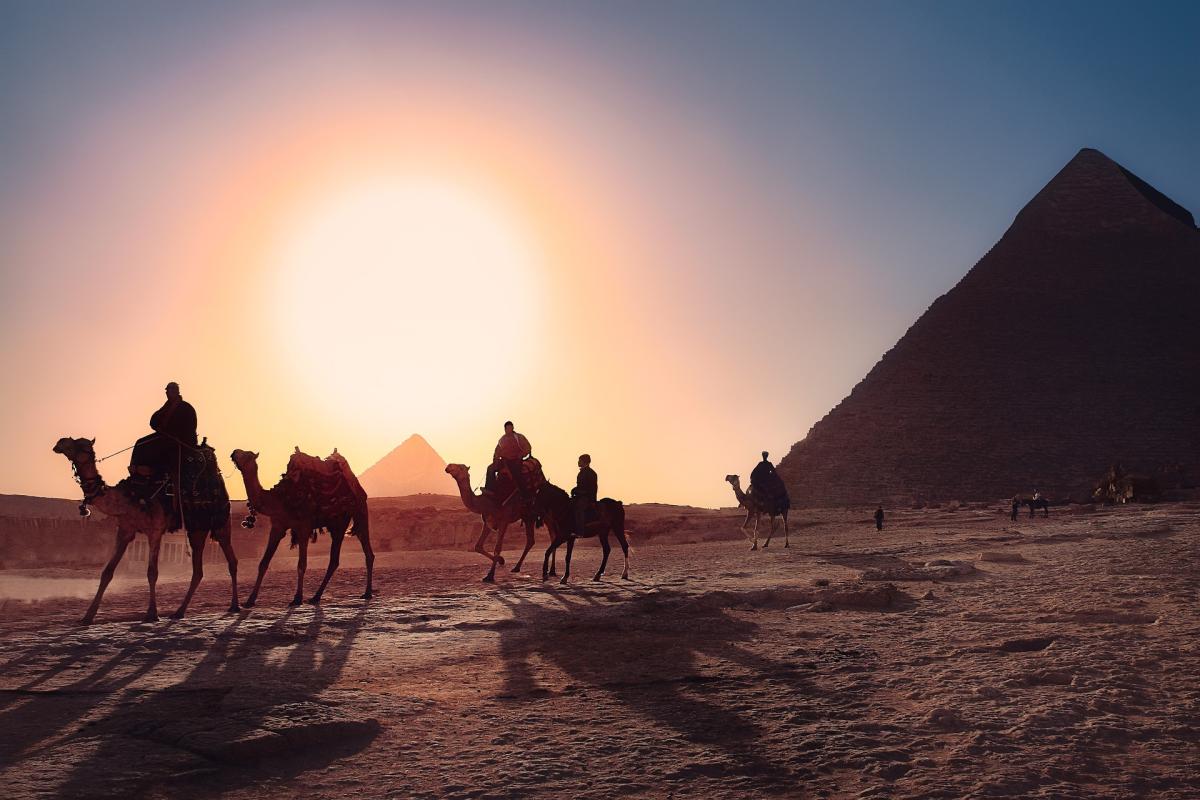
Travellers looking to enjoy a fascinating history, a rich and diverse culture, and breathtaking natural beauty might consider visiting Egypt. The pyramids, the sphinx, the temples of Luxor and Karnak, and other globally renowned structures may all be found in Egypt. Egypt also provides a wide range of...
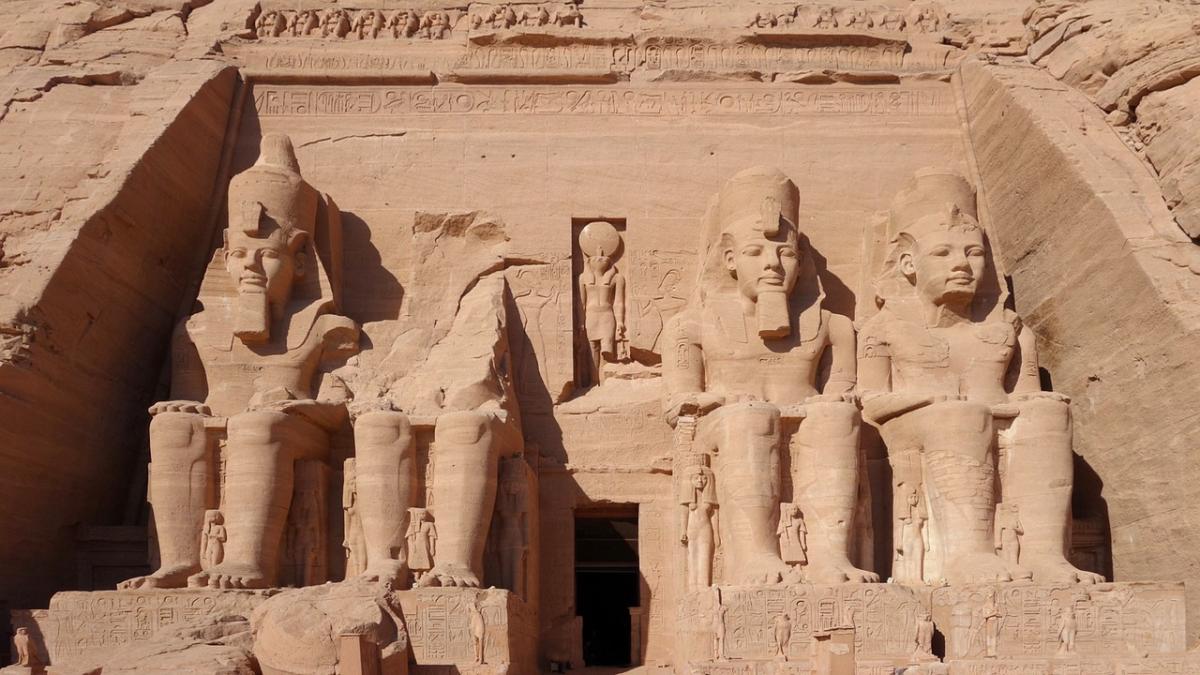
Abu Simbel is an ancient temple complex located on the western bank of the Nile River in Egypt. Dating back to the 13th century BC, this incredible archaeological site was constructed by Pharaoh Ramses II and consists of two temples dedicated to himself and his wife Nefertari. The larger temple is called...
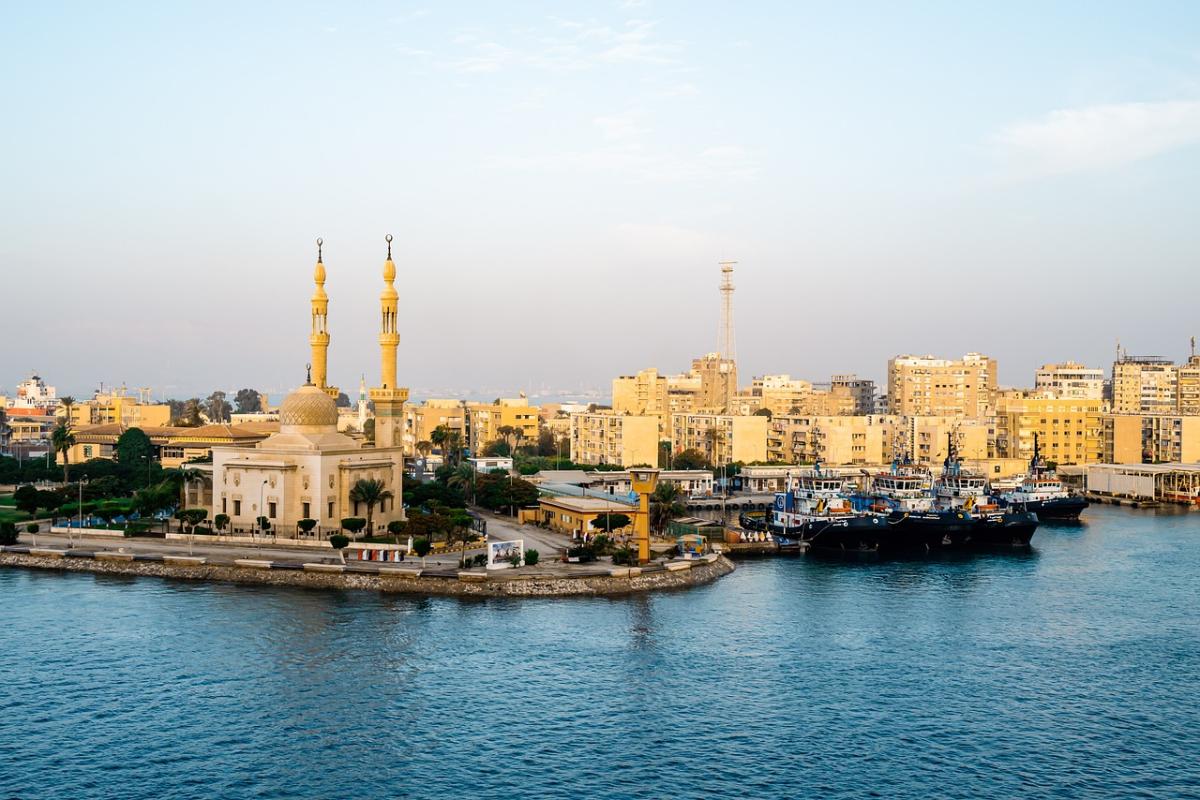
The Suez Canal is one of the most important waterways in history. It is a man-made waterway located in Egypt, connecting the Mediterranean Sea to the Red Sea. The construction of this canal began in 1859 and was completed ten years later in 1869, under the command of Ferdinand de Lesseps. This canal...